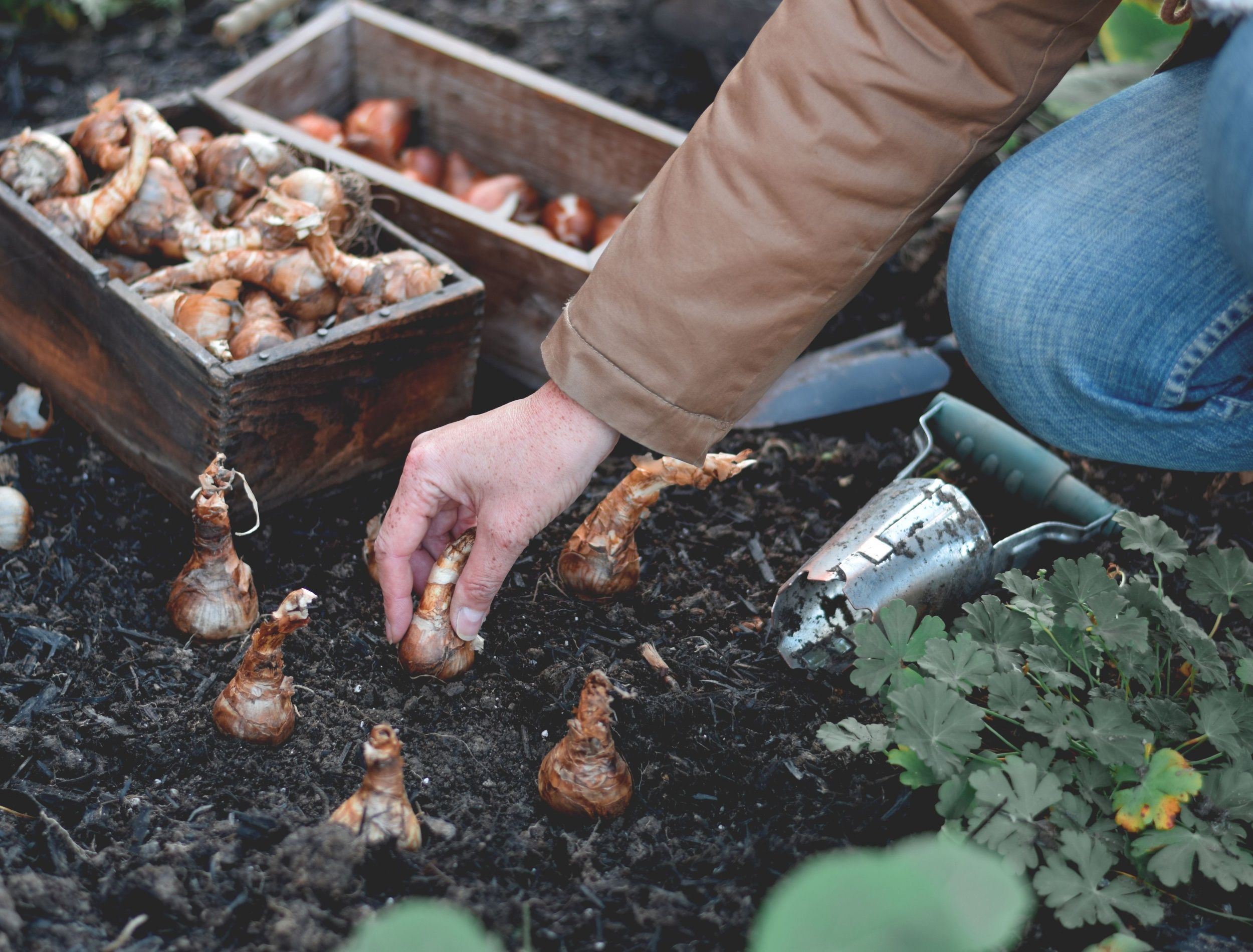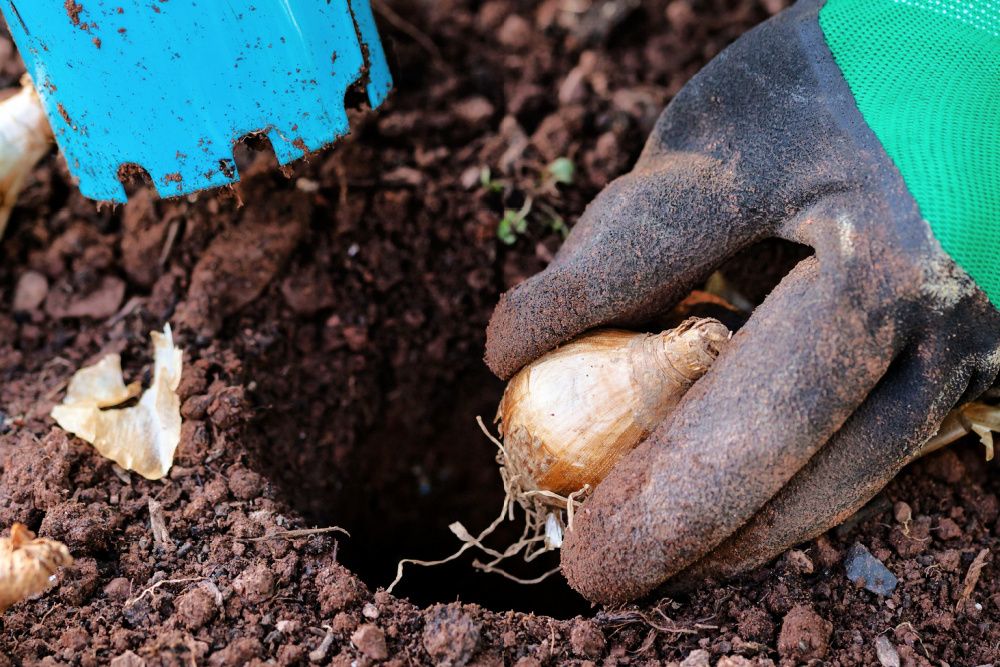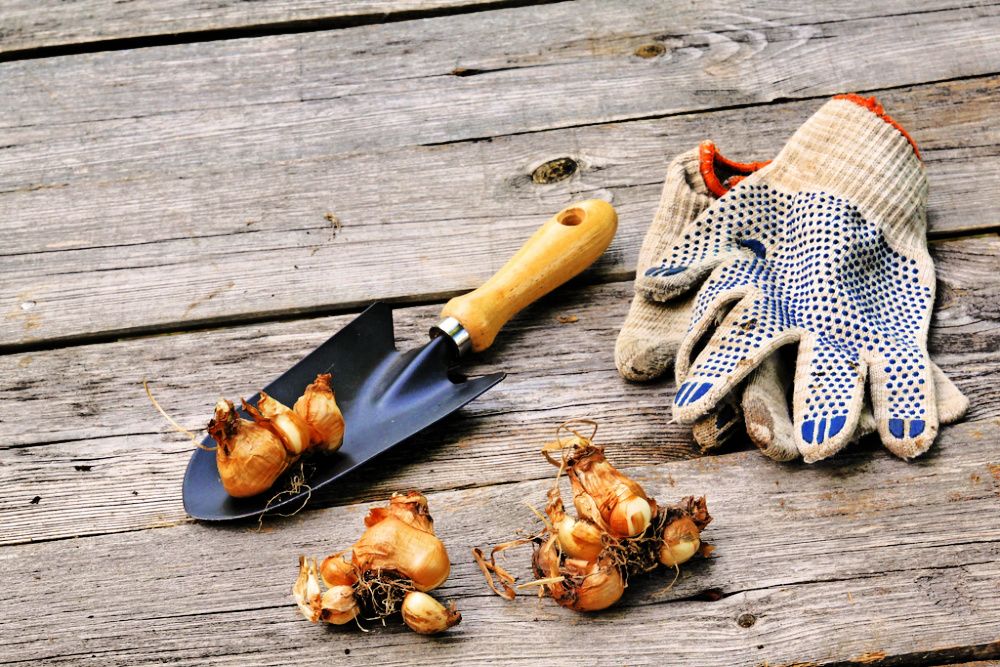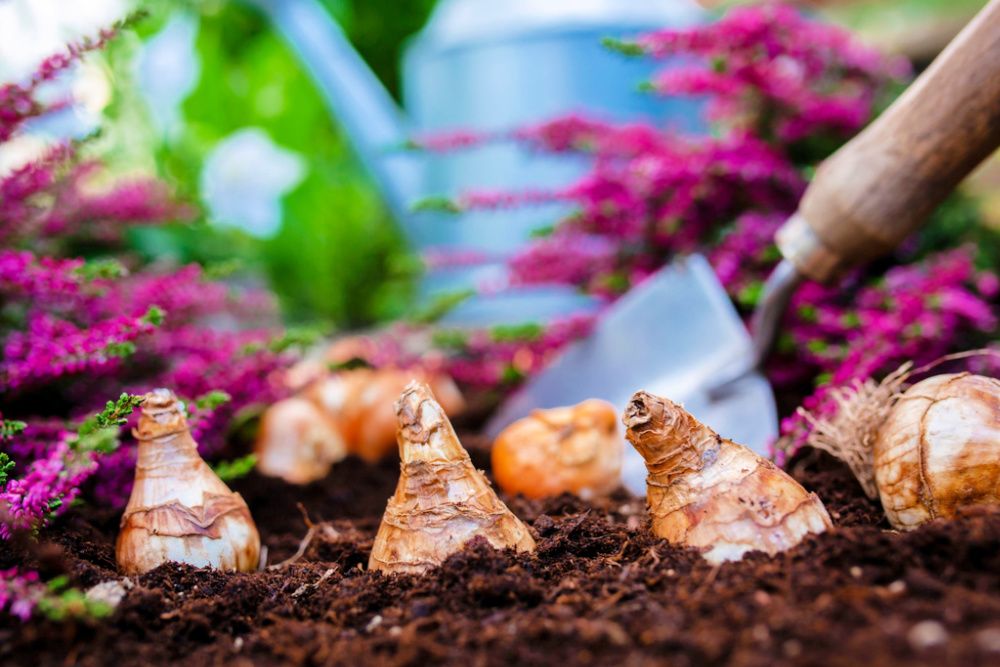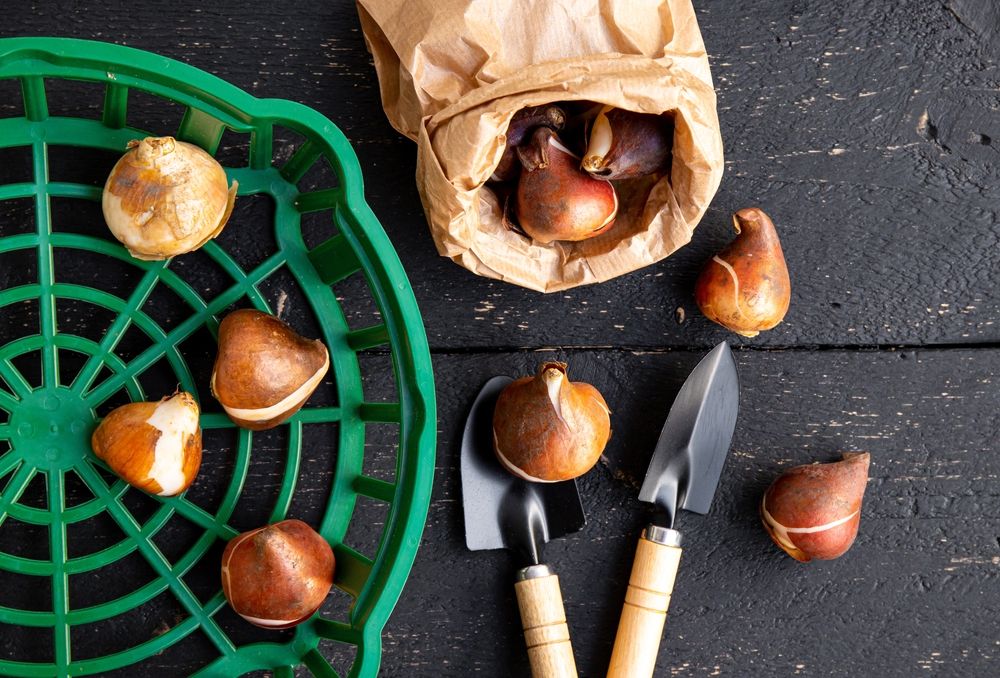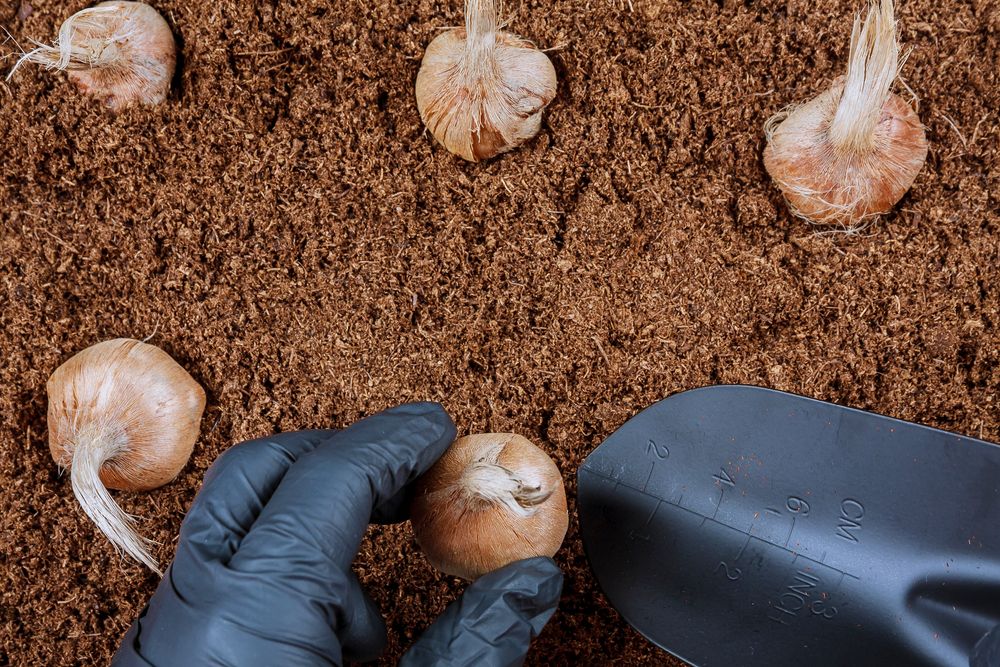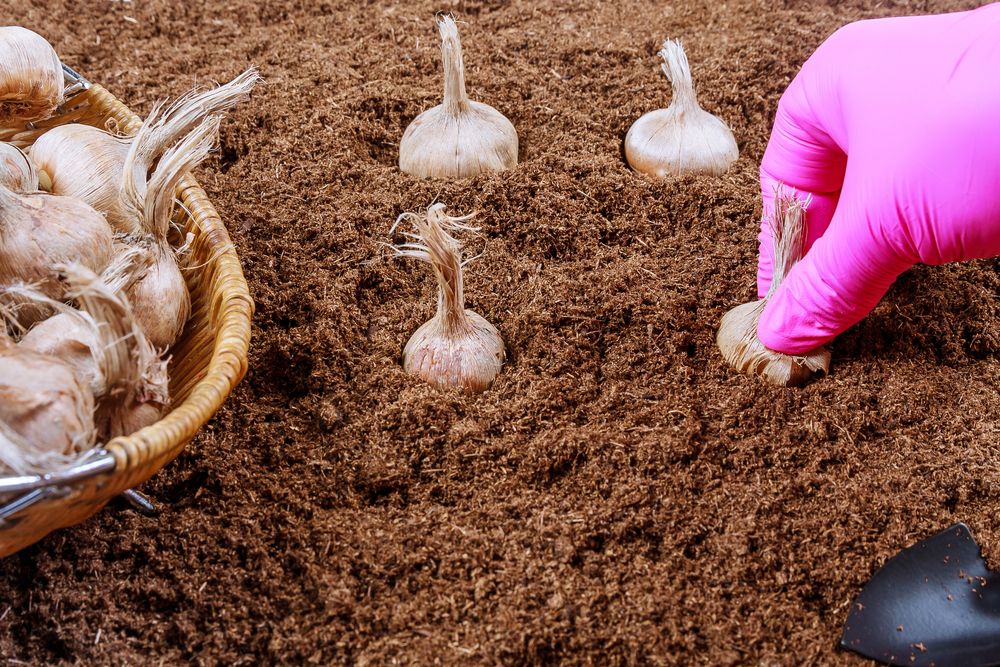Fall is definitely here, which means it's time to start thinking about planting those seasonal bulbs! But before you do, be sure to avoid making any of the following mistakes. By knowing what these mistakes are and avoiding them, you'll have a much better chance of having a successful bulb planting experience this autumn!
So, without further ado, let's take a look at some of the most common mistakes made by gardeners everywhere.
Plant the Right Bulbs
Image credits: Max_555 via Shutterstock
There are many different types of bulbs, and each one has its own specific needs. If you don't plant the right ones, you won't get the results you want. A mistake like this could cost you your booms.
As a rule, if you are sowing bulbs that flower in the spring, plant them in the fall. For ones that blossom in summer or fall, plant them in the springtime.
When you are choosing bulbs, it is important to read the labels carefully. The label will tell you when it needs to be planted. It's also important to choose bulbs that are appropriate for your climate. If you live in a cold climate, you will need to plant different bulbs than if you live in a warm climate.
Fall varieties include: daffodils, tulips, and crocus.
Buying Your Bulbs at the Wrong Time
Image credits: Sarycheva Olesia via Shutterstock
Planting fall bulbs should be done from September to October, before the first frost. This will allow the bulbs to establish themselves and help survive the winter. Some varieties, like daffodils, are even frost tolerant, making your job that much easier.
If you happen to buy your bulbs in the summer, make sure you store them correctly for later planting. First, make sure they are firm and not moldy then, store them in the same bag that you bought them in. For extra insulation place that bag in a paper bag and store them in the fridge.
Not Preparing Your Soil
Image credits: iMarzi via Shutterstock
The type of soil you have in your garden can make a big difference in how well your plants will grow. If you have heavy clay soil, for example, it can be difficult for bulbs to get the nutrients they need and they may not bloom as well as they would in lighter, more sandy soil. Bulbs need moist but well-draining soil to grow in and if it's too wet, they can rot. On the contrary, if it's too dry, they may not bloom.
When you're choosing a spot to plant your fall bulbs, take a look at the soil and make sure it's not too dense or too light. A good rule of thumb is to choose a spot that has been amended with compost or other organic matter. This will help the bulbs get the nutrients they need and encourage them to bloom.
You should also remove any lingering weeds from the planting bed before dropping your fall bulbs in the ground.
Planting Too Early or Too Late in The Season
Image credits: FotoHelin via Shutterstock
The best time to plant fall bulbs is typically six weeks before the first frost in your area. You need to get your bulbs in the ground before the soil freezes; September through October is recommended. This will give the bulbs enough time to develop roots and leaves before winter sets in.
If you're not sure when the first frost is in your area, you can check online or ask your local nursery. Once you know when to start planting, it's just a matter of getting your hands dirty and putting those bulbs in the ground!
Not Picking the Right Spot
Image credits: ZhakYaroslav via Shutterstock
One of the most common mistakes when planting fall bulbs is not picking the right spot. This can lead to your bulbs not getting the sunlight they need, and eventually dying.
Pick a spot that gets plenty of sunlight -- Bulbs need at least six hours of direct sunlight each day in order to thrive. If you live in a particularly sunny climate, you may even need to provide shade for your bulbs during the hottest hours of the day.
It’s also best to avoid areas that are prone to flooding. Even if the soil in an area that normally drains well, it may become waterlogged during periods of heavy rain. To be safe, choose a spot that is at least a few feet above any potential floodwaters.
Additionally, consider the future growth of nearby plants. Some plants, like trees and shrubs, can grow very rapidly and shade out bulbs that are planted beneath them.
Planting Bulbs Too Deep
Image credits: ZhakYaroslav via Shutterstock
Bulbs need to be planted at a depth of about three times their width, so if you're using large bulbs, they should be planted about nine inches deep.
If you plant your bulbs too deeply, they may not bloom the following spring. The deeper the bulb is planted, the more energy it has to put into growing roots instead of flowers. It’s also important to space the bulbs properly. If they are too close together, they will compete for resources and not bloom as well.
Also worth noting, always plant your bulbs with the tip pointing up!
Hand Me The Bulbs!
Now that you know what not to do, here are a few tips to help make your bulb planting experience successful this fall. First, be sure to read the instructions that come with your bulbs. Second, wait until the ground has cooled down before planting. Third, make sure you plant the bulbs in the correct soil type. And finally, water them well after planting!
By following these simple tips, you'll be on your way to enjoying beautiful blooms from your seasonal bulbs year after year!
Do you have any tips or tricks of your own? Leave a comment below and don’t forget to share with your friends and family!

